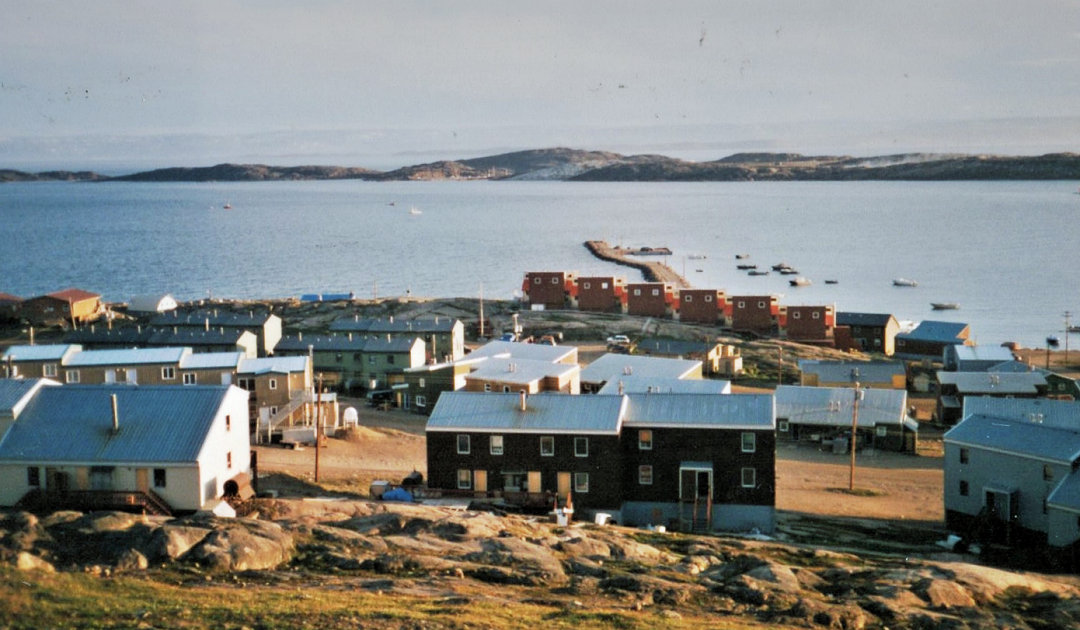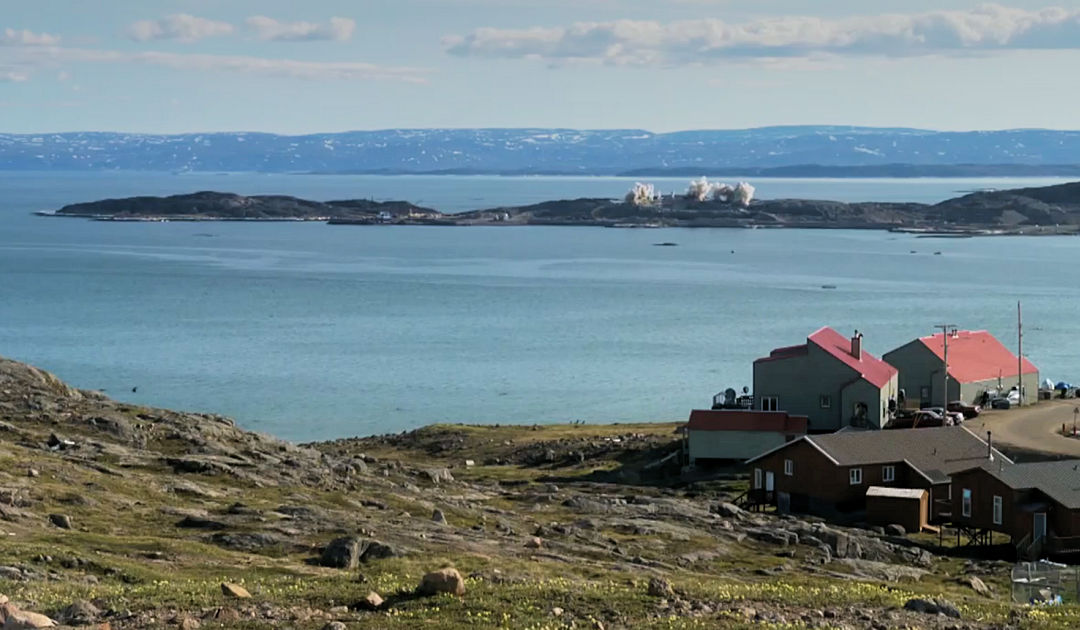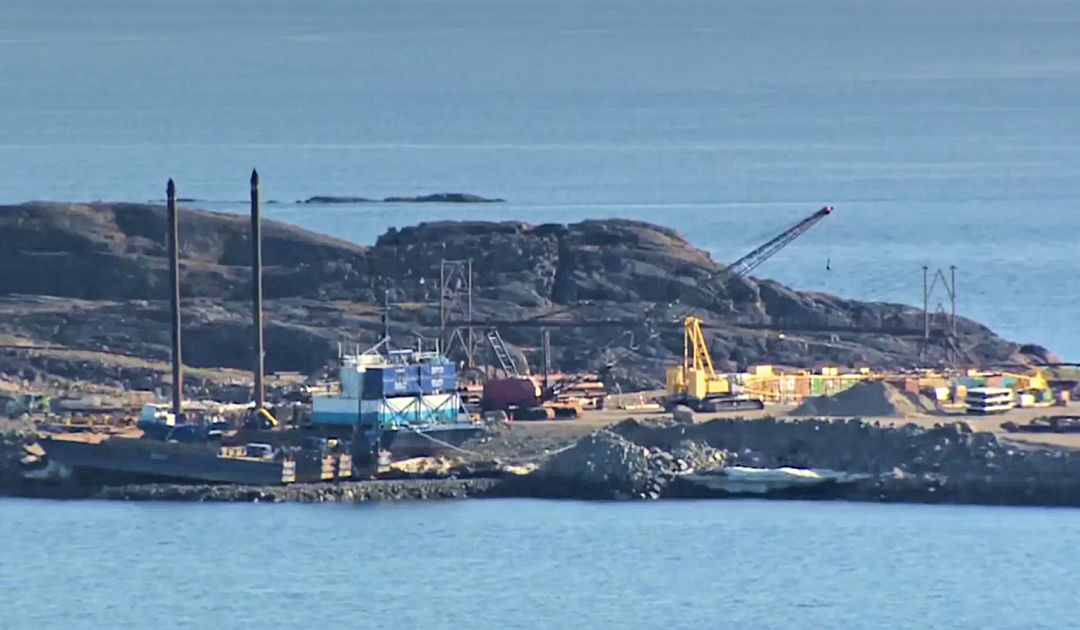
Freight transport to the far north of Canada, especially to Nunavut, can only be done via airplane or ship. However, this requires a corresponding infrastructure, especially when it comes to the largest place, namely Iqaluit. Here, a major project that had been planned for a long time and postponed several times has now finally been completed, the deep sea port of Iqaluit.
At the beginning of September, the authority responsible for construction was proud to announce that the substantial work of the “Iqaluit Deep Sea Port Project” (IDSPP) had been completed. After the final cleanup was completed, the Nunavut Ministry for Community and Government Service officially handed over the port to its new owner, the Department of Economic Development and Transportation. “Safe and efficient marine transportation is critical for the North’s economic and social development – and that is exactly what the Iqaluit Deep Sea Port will deliver,” said the Minister of Intergovernmental Affairs, Infrastructure and Communities. However, not all the work has been completed yet and, as far as we know today, the port will be available to serve the city of Iqaluit from 2023.



Construction began in July 2018 on the southwest spit of land that juts into Frobisher Bay. Here the water is deep enough for cargo ships and tankers to dock and unload their cargo. But the construction was accompanied by many delays and difficulties. Last but not least, the pandemic made progress in construction look small. The commissioning, which was actually planned for 2021, had to be postponed by two years in the end. In addition to the pandemic-related delay, gaps in planning also became apparent. For example, there was no management plan for the operation of the port. In addition, infrastructural deficiencies, missing buildings and an additional loan from the government for the extension of the road from the planned port into Iqaluit became known. Communication was also criticized several times. The recently resigned mayor of Iqaluit, Kenny Bell, had stated in an interview with the Nunatsiaq News newspaper in the summer of 2022 that he had not received any information about the port for more than a year. The commissioning for 2023, which has now become known, is explained by the fact that the management and operating plan is still missing.


The idea of a deepwater port had been on the minds of Iqaluit officials since the 1970s. Until now, cargo ships had to be loaded and unloaded laboriously with barges on which heavy machinery transported the containers. This was not only costly, but also lengthy and sometimes even dangerous. For Frobisher Bay, on which Iqaluit is located, is known for ice and winds. However, it was not until 2005 that the project was concretized and a suitable site was found on the inner side of the headland south of the city and opposite the small boat harbor. The planning and securing of financing then took another 10 years until construction could finally begin. But ministers and city officials agree that the wait was worth it and that Iqaluit will benefit greatly from the new facilities… when they willö be availble one day.
Dr Michael Wenger, PolarJournal
More on the topic





